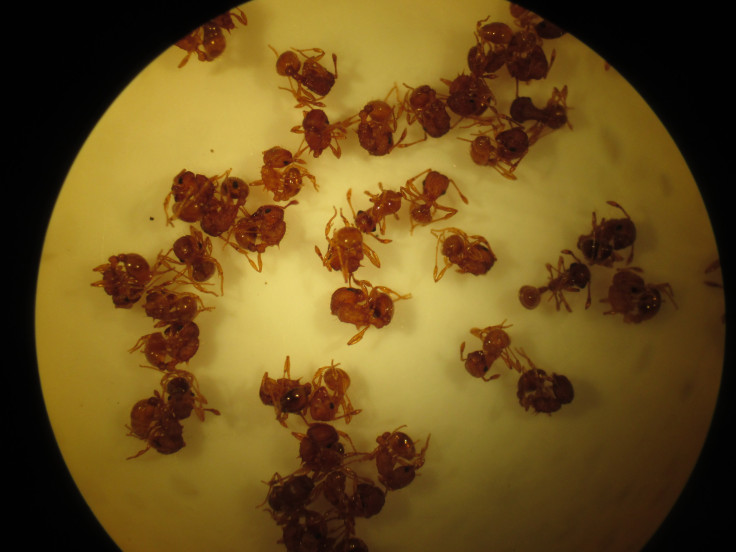
The Invasive Species Council (ISC), an Australian environmental non-governmental organisation, has issued a warning about a possible spread of red fire ants across Australia as the country faces heavy rains and cyclone conditions.
ISC has warned that red fire ants are forming rafts to travel on flood waters in Australia's northeast region. The warning came after fire ants in Queensland, Australia, were recently filmed forming rafts to survive the extreme floods in the area.
In the event of a flood, fire ants clamber on top of each other to make a living raft to protect themselves.
"The recent heavy rainfall and wild weather in the region could accelerate the spread of fire ants, one of the world's worst invasive species," Reece Pianta, advocacy manager at ISC, warned in a statement on Tuesday.
"Fire ants are more active before or after rainfall and can form large floating rafts which move with water currents to establish footholds in new areas," Pianta added.
Queensland has seen heavy flooding in the last few weeks. The ISC has warned that fire ants will spread to every part of the country if the outbreak in Queensland isn't checked.
Ants, bees, and wasps can form 18 different types of self-assemblages. Fire ants work together to build towers, rafts, and bridges. They hang on to each other's limbs to form a path, which other ants can walk across. Earlier studies have shown that Alpine silver ants can also survive in flood-prone areas by creating living rafts.
The big picture:
The "little fire ants" are one of the world's worst invasive species. These ants are also called "electric ants" due to their painful sting, which is often stronger than that of a nettle. They are so dangerous that they can even cause blindness in cats and dogs. They have previously been detected within Europe in Malaga, Spain.
Native to South America, these ants are also found in Florida, Hawaii, Israel, West Africa, the Caribbean, and Australia. They can live in trees or on the ground. The workers are only 1.2 to 1.5 mm long but have still been termed a dangerous species capable of displacing native insects in a region.
They are dangerous to animals and can also easily destroy the biodiversity of a region. Pest experts describe them as the "world's worst invaders."
The Australian state of Queensland has had to spend millions of dollars on containing their spread in the past. The species has now been added to the European Union's "invasive alien species of Union concern" list.







